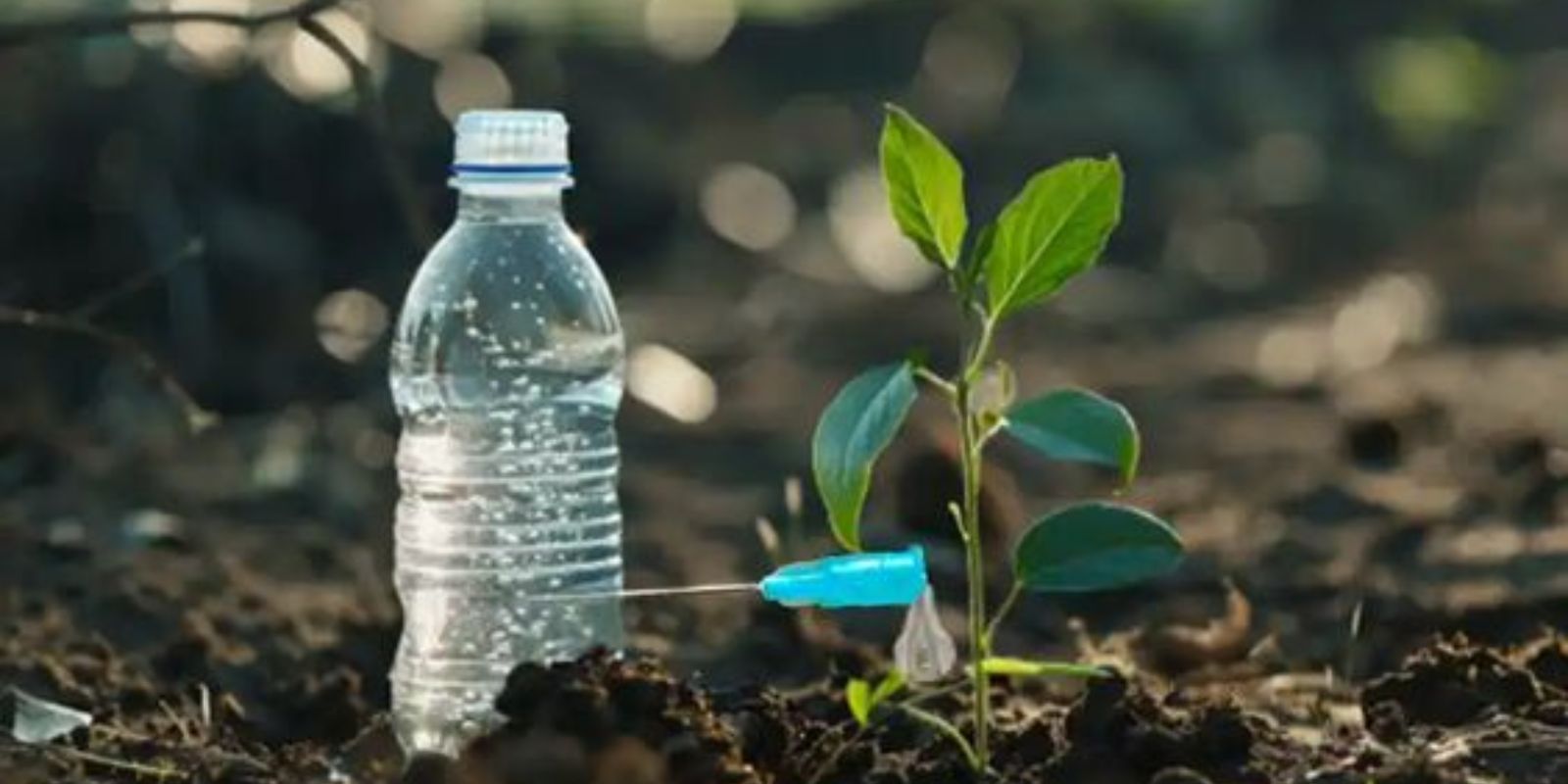Introduction
For plant enthusiasts, leaving their green companions unattended while going on vacation can be a source of concern. Ensuring your plants stay hydrated during your absence is crucial for maintaining their health and vigor. Fortunately, there are several effective and simple methods to keep your plants well-watered while you’re away. This article will delve into seven of the best ways to ensure your plants remain hydrated during your vacation, providing peace of mind and healthy plants upon your return.
1. Use Self-Watering Planters
Self-watering planters are an excellent solution for keeping your plants hydrated while you’re away. These planters come with built-in water reservoirs that slowly and steadily supply water to the plant’s roots through capillary action.
How It Works:
- Reservoir: The planter has a water reservoir at the bottom.
- Wicking System: A wicking system draws water from the reservoir up into the soil.
- Consistent Moisture: This ensures that the soil remains consistently moist without becoming waterlogged.
Benefits:
- Low Maintenance: Once set up, they require minimal attention.
- Prevents Overwatering: The plants receive water as needed, reducing the risk of overwatering.
2. Set Up a Drip Irrigation System
A drip irrigation system is an efficient and automated way to water your plants. It delivers water directly to the plant’s roots, ensuring optimal hydration with minimal waste.
How It Works:
- Drip Lines: Install drip lines or soaker hoses near the plant’s base.
- Timer: Attach a timer to the irrigation system to control when and how much water is delivered.
- Slow Release: The system slowly releases water, providing a steady moisture supply.
Benefits:
- Efficiency: Conserves water by delivering it directly to the roots.
- Customization: Can be tailored to the specific needs of different plants.
3. Create a Water Wick
A water wick is a simple and effective method to keep your plants hydrated. It uses capillary action to transfer water from a reservoir to the plant’s soil.
How It Works:
- Materials Needed: Cotton rope, a container of water, and your plant pots.
- Setup: Place one end of the cotton rope in the water container and the other end in the soil of the plant pot.
- Absorption: The rope absorbs water and transfers it to the soil gradually.
Benefits:
- Cost-Effective: Uses inexpensive materials you likely already have at home.
- Easy to Set Up: Simple to assemble and requires no special skills.
4. Use Water Globes
Water globes, also known as aqua globes or self-watering bulbs, are a convenient option for keeping plants hydrated. These glass or plastic bulbs release water slowly into the soil.
How It Works:
- Fill the Globe: Fill the water globe with water.
- Insert into Soil: Insert the narrow end into the soil near the plant’s roots.
- Slow Release: The globe releases water slowly as the soil dries out.
Benefits:
- Ease of Use: Simple to use and set up.
- Decorative: Adds a decorative element to your plant pots.
5. Mulch the Soil
Mulching is an effective way to retain soil moisture and reduce evaporation. It involves covering the soil with a layer of organic or inorganic material.
How It Works:
- Materials Needed: Organic mulch (such as bark, straw, or leaves) or inorganic mulch (such as gravel or pebbles).
- Application: Spread a layer of mulch over the soil around your plants.
- Moisture Retention: The mulch helps to retain moisture and reduce evaporation.
Benefits:
- Temperature Regulation: Helps regulate soil temperature, keeping it cooler in hot weather.
- Weed Suppression: Reduces weed growth, which can compete with your plants for water.
6. Move Plants to a Shady Area
Moving your plants to a shaded area can significantly reduce water loss through evaporation. This is especially useful for outdoor plants or indoor plants that receive a lot of direct sunlight.
How It Works:
- Assess Sun Exposure: Identify plants that receive direct sunlight for most of the day.
- Relocate: Move these plants to a shaded or partially shaded area.
- Reduced Water Loss: Less direct sunlight means reduced evaporation and lower water needs.
Benefits:
- Temporary Solution: Provides temporary relief from intense sunlight.
- Prevents Sunburn: Reduces the risk of sunburn and heat stress on your plants.
7. Ask a Neighbor or Friend
Sometimes the simplest solution is the best. Asking a neighbor or friend to water your plants while you’re away ensures they receive the care they need.
How It Works:
- Plan Ahead: Inform your neighbor or friend about your plants’ specific watering needs.
- Provide Instructions: Leave detailed instructions, including how often and how much to water each plant.
- Express Gratitude: Offer a small token of appreciation or return the favor when they go on vacation.
Benefits:
- Human Touch: A friend or neighbor can check on the overall health of your plants and address any issues that arise.
- Peace of Mind: Knowing someone is looking after your plants provides peace of mind during your vacation.
Conclusion
Ensuring your plants stay hydrated while you’re on vacation doesn’t have to be a stressful task. By utilizing these seven methods—self-watering planters, drip irrigation systems, water wicks, water globes, mulching, moving plants to shaded areas, and enlisting the help of a friend or neighbor—you can keep your plants healthy and hydrated during your absence. Each method has its own set of benefits, and you can choose the one that best suits your needs and the needs of your plants.
Motivation
Do you have any tried-and-true methods for keeping your plants hydrated while on vacation? Share your tips and experiences with us—we’d love to learn from your gardening adventures and help each other maintain lush, thriving plants!

